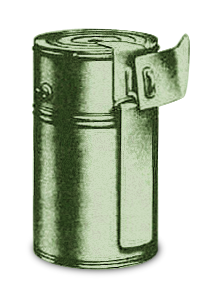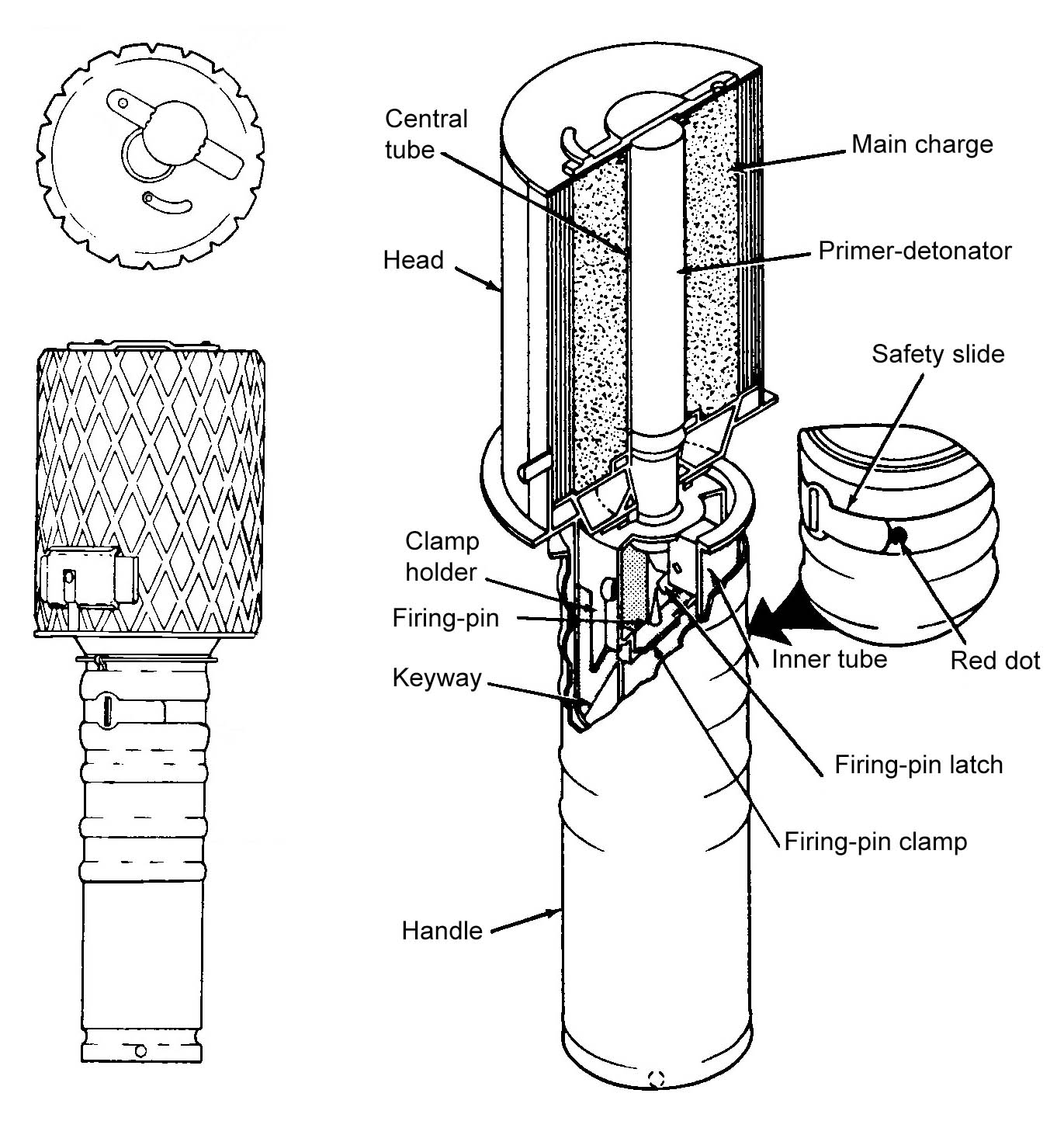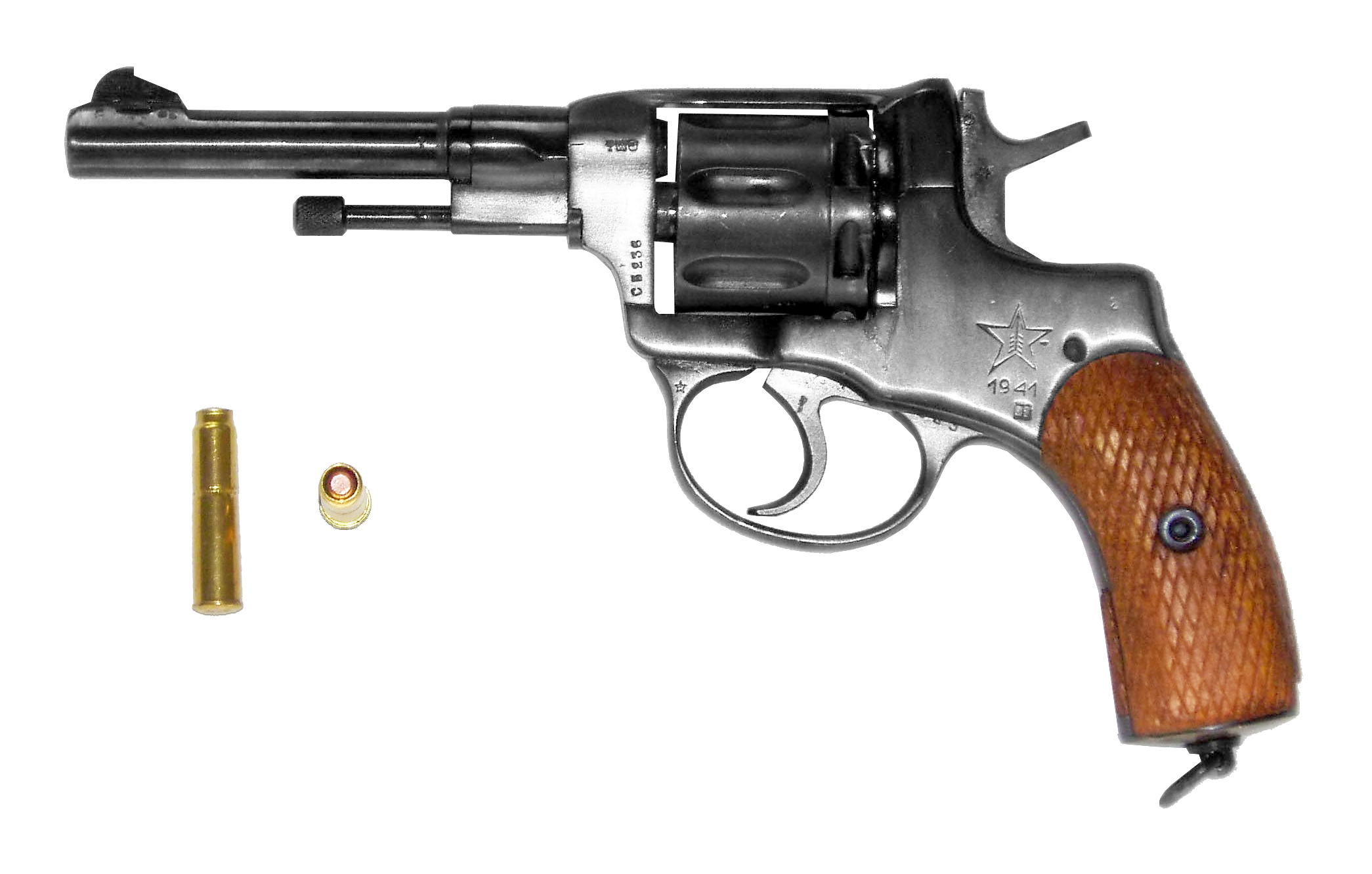|
RG-41
The Soviet RG-41 was a fragmentation grenade developed during World War II. It was in production for only short time from 1941 to 1942 before being replaced by RG-42.http://army.armor.kiev.ua/hist/rg-41.shtml It contained a 150 g high explosive charge in a cylindrical can; the total weight was about 440 grams. The grenade could be thrown about 30 to 50 meters; the lethal radius was up to 5 meters; the maximum lethal radius was up to 15 meters. See also * RG-42 * RGD-33 * List of Russian weaponry The following is a list of modern Russian small arms and light weapons which were in service in 2016: Handguns Revolvers Pistols Special purpose Submachine guns Special purpose Shotguns Rifles Bolt-action Semi-a ... References External links Finnish Junkyard Hand grenades of the Soviet Union World War II infantry weapons of the Soviet Union Anti-tank grenades Weapons and ammunition introduced in 1941 {{Grenade-stub ... [...More Info...] [...Related Items...] OR: [Wikipedia] [Google] [Baidu] |
RG-41
The Soviet RG-41 was a fragmentation grenade developed during World War II. It was in production for only short time from 1941 to 1942 before being replaced by RG-42.http://army.armor.kiev.ua/hist/rg-41.shtml It contained a 150 g high explosive charge in a cylindrical can; the total weight was about 440 grams. The grenade could be thrown about 30 to 50 meters; the lethal radius was up to 5 meters; the maximum lethal radius was up to 15 meters. See also * RG-42 * RGD-33 * List of Russian weaponry The following is a list of modern Russian small arms and light weapons which were in service in 2016: Handguns Revolvers Pistols Special purpose Submachine guns Special purpose Shotguns Rifles Bolt-action Semi-a ... References External links Finnish Junkyard Hand grenades of the Soviet Union World War II infantry weapons of the Soviet Union Anti-tank grenades Weapons and ammunition introduced in 1941 {{Grenade-stub ... [...More Info...] [...Related Items...] OR: [Wikipedia] [Google] [Baidu] |
RG-42
The Soviet RG-42 (Ручная Граната образца 42 года > ''Ruchnaya Granata obraztsa 42 goda'', "Hand Grenade pattern of 92 year") was a fragmentation grenade designed by S.G. Korshunov. It was originally introduced during World War II from 1942 onwards as an emergency measure to replace the complex RGD-33 grenade. It continued in use with the USSR and its Warsaw Pact allies in the post-war period until replaced in 1954 by the RGD-5 grenade. Stockpiles were held for emergency or reserve issue, military aid, or foreign sales. They were eventually destroyed in the 1980s due to the TNT filling degrading and becoming unsafe. Unlike the RGD-33, the RG-42's components were simple to produce and assemble. Only the fuze required specialized manufacture and the parts could be easily assembled by hand by cottage labor. Partisans often made copies of the simple design when out of contact. It contained about 200 grams of explosive charge (TNT) in a cylindrical stamped-m ... [...More Info...] [...Related Items...] OR: [Wikipedia] [Google] [Baidu] |
Soviet Union
The Soviet Union,. officially the Union of Soviet Socialist Republics. (USSR),. was a transcontinental country that spanned much of Eurasia from 1922 to 1991. A flagship communist state, it was nominally a federal union of fifteen national republics; in practice, both its government and its economy were highly centralized until its final years. It was a one-party state governed by the Communist Party of the Soviet Union, with the city of Moscow serving as its capital as well as that of its largest and most populous republic: the Russian SFSR. Other major cities included Leningrad (Russian SFSR), Kiev (Ukrainian SSR), Minsk ( Byelorussian SSR), Tashkent (Uzbek SSR), Alma-Ata (Kazakh SSR), and Novosibirsk (Russian SFSR). It was the largest country in the world, covering over and spanning eleven time zones. The country's roots lay in the October Revolution of 1917, when the Bolsheviks, under the leadership of Vladimir Lenin, overthrew the Russian Provisional Government ... [...More Info...] [...Related Items...] OR: [Wikipedia] [Google] [Baidu] |
World War II
World War II or the Second World War, often abbreviated as WWII or WW2, was a world war that lasted from 1939 to 1945. It involved the vast majority of the world's countries—including all of the great powers—forming two opposing military alliances: the Allies and the Axis powers. World War II was a total war that directly involved more than 100 million personnel from more than 30 countries. The major participants in the war threw their entire economic, industrial, and scientific capabilities behind the war effort, blurring the distinction between civilian and military resources. Aircraft played a major role in the conflict, enabling the strategic bombing of population centres and deploying the only two nuclear weapons ever used in war. World War II was by far the deadliest conflict in human history; it resulted in 70 to 85 million fatalities, mostly among civilians. Tens of millions died due to genocides (including the Holocaust), starvation, ma ... [...More Info...] [...Related Items...] OR: [Wikipedia] [Google] [Baidu] |
High Explosive
An explosive (or explosive material) is a reactive substance that contains a great amount of potential energy that can produce an explosion if released suddenly, usually accompanied by the production of light, heat, sound, and pressure. An explosive charge is a measured quantity of explosive material, which may either be composed solely of one ingredient or be a mixture containing at least two substances. The potential energy stored in an explosive material may, for example, be * chemical energy, such as nitroglycerin or grain dust * pressurized gas, such as a gas cylinder, aerosol can, or BLEVE * nuclear energy, such as in the fissile isotopes uranium-235 and plutonium-239 Explosive materials may be categorized by the speed at which they expand. Materials that detonate (the front of the chemical reaction moves faster through the material than the speed of sound) are said to be "high explosives" and materials that deflagrate are said to be "low explosives". Explosives may a ... [...More Info...] [...Related Items...] OR: [Wikipedia] [Google] [Baidu] |
RGD-33
The Soviet RGD-33 (''Ручная Граната Дьяконова образца 33 года'' >''Ruchnaya Granata Djakonova obraztsa 33 goda'', "Hand Grenade, Dyakonov design, pattern year 93") is an anti-personnel fragmentation stick grenade developed in 1933. The grenade was composed of three separate pieces that were stored in different crates until use: the warhead and sleeve, spring-loaded handle, and fuze tube. They were assembled and issued only before combat. The warhead and handle were screwed together and carried in a grenade pouch and the fuzes were wrapped in waxed paper and carried separately in the pouch's internal pocket. There was a hole in the outer handle to the right of the thumb catch that lined up with bars of paint on the inner handle, making a colored dot - a white dot meant safe and a red dot meant the handle assembly was cocked. It would not be armed unless the fuze tube had been inserted, which would be done only before throwing. Use Before armi ... [...More Info...] [...Related Items...] OR: [Wikipedia] [Google] [Baidu] |
List Of Russian Weaponry
The following is a list of modern Russian small arms and light weapons which were in service in 2016: Handguns Revolvers Pistols Special purpose Submachine guns Special purpose Shotguns Rifles Bolt-action Semi-automatic Selective-fire Special purpose Anti-materiel rifles Machine guns Squad automatic weapons (SAWs) General-purpose Heavy Hand grenades Fragmentation Anti-tank Grenade launchers Stand-alone Attached Automatic grenade launchers Rocket launchers General purpose Incendiary and thermobaric Special purpose Recoilless rifles Mortars Anti-tank guided missiles Man-portable air defense system Landmines See also * List of equipment of the Russian Ground Forces * List of Russian weaponry makers References {{DEFAULTSORT:Russian small arms and light weapons Weapons of Russia Lists of weapons Firearms of Russia, Russian and Soviet milita ... [...More Info...] [...Related Items...] OR: [Wikipedia] [Google] [Baidu] |
Hand Grenades Of The Soviet Union
A hand is a prehensile, multi-fingered appendage located at the end of the forearm or forelimb of primates such as humans, chimpanzees, monkeys, and lemurs. A few other vertebrates such as the koala (which has two opposable thumbs on each "hand" and fingerprints extremely similar to human fingerprints) are often described as having "hands" instead of paws on their front limbs. The raccoon is usually described as having "hands" though opposable thumbs are lacking. Some evolutionary anatomists use the term ''hand'' to refer to the appendage of digits on the forelimb more generally—for example, in the context of whether the three digits of the bird hand involved the same homologous loss of two digits as in the dinosaur hand. The human hand usually has five digits: four fingers plus one thumb; these are often referred to collectively as five fingers, however, whereby the thumb is included as one of the fingers. It has 27 bones, not including the sesamoid bone, the number ... [...More Info...] [...Related Items...] OR: [Wikipedia] [Google] [Baidu] |
World War II Infantry Weapons Of The Soviet Union
In its most general sense, the term "world" refers to the totality of entities, to the whole of reality or to everything that is. The nature of the world has been conceptualized differently in different fields. Some conceptions see the world as unique while others talk of a "plurality of worlds". Some treat the world as one simple object while others analyze the world as a complex made up of many parts. In ''scientific cosmology'' the world or universe is commonly defined as " e totality of all space and time; all that is, has been, and will be". '' Theories of modality'', on the other hand, talk of possible worlds as complete and consistent ways how things could have been. ''Phenomenology'', starting from the horizon of co-given objects present in the periphery of every experience, defines the world as the biggest horizon or the "horizon of all horizons". In ''philosophy of mind'', the world is commonly contrasted with the mind as that which is represented by the mind. ''Th ... [...More Info...] [...Related Items...] OR: [Wikipedia] [Google] [Baidu] |
Anti-tank Grenades
Anti-tank warfare originated from the need to develop technology and tactics to destroy tanks during World War I. Since the Triple Entente deployed the first tanks in 1916, the German Empire developed the first anti-tank weapons. The first developed anti-tank weapon was a scaled-up bolt-action rifle, the Mauser 1918 T-Gewehr, that fired a 13mm cartridge with a solid bullet that could penetrate the thin armor of tanks of the time and destroy the engine or ricochet inside, killing occupants. Because tanks represent an enemy's strong force projection on land, military strategists have incorporated anti-tank warfare into the doctrine of nearly every combat service since. The most predominant anti-tank weapons at the start of World War II in 1939 included the tank-mounted gun, anti-tank guns and anti-tank grenades used by the infantry, and ground-attack aircraft. Anti-tank warfare evolved rapidly during World War II, leading to the inclusion of infantry-portable weapons such as t ... [...More Info...] [...Related Items...] OR: [Wikipedia] [Google] [Baidu] |





